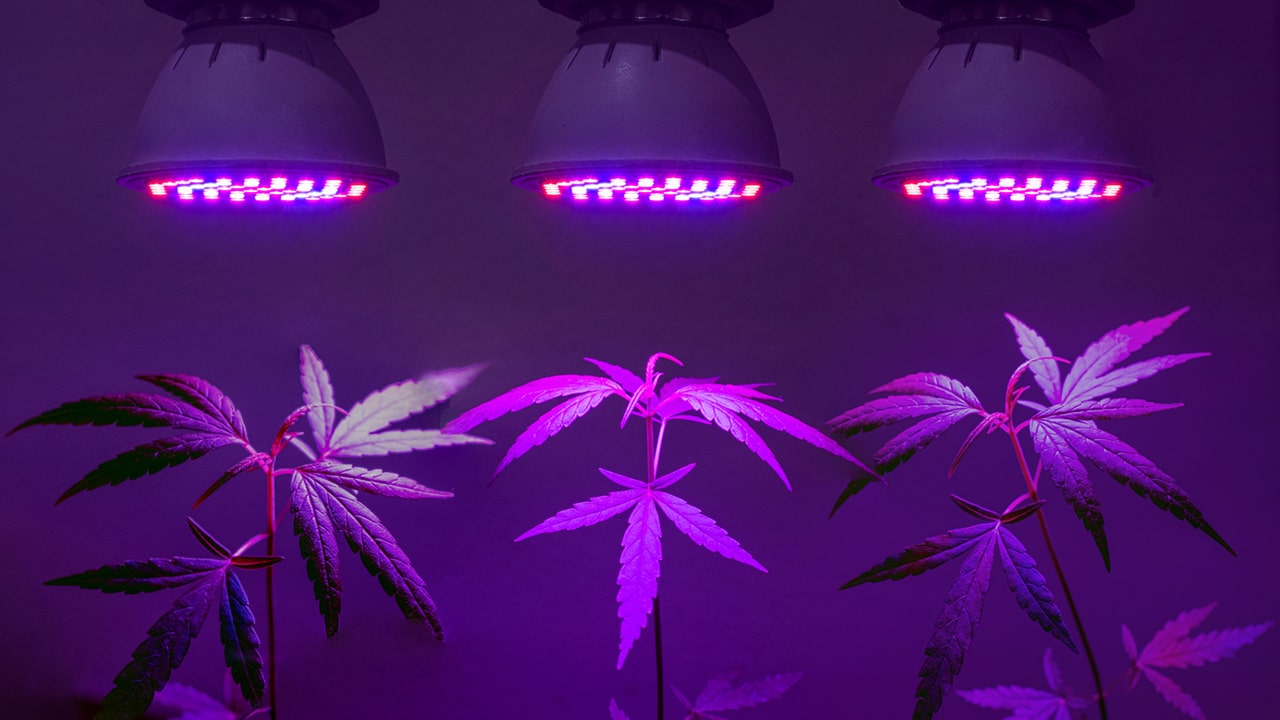
How to care for cannabis in indoor and outdoors?
In order to harvest a rich and quality cannabis crop, it is important for growers to have a thorough understanding of the intricacies of caring for the plant. In order to effectively grow healthy and productive cannabis, each element of agronomy must be considered individually. Although cannabis is a hardy and resilient crop, survival alone is not enough to produce resinous, potent buds - you need optimal conditions.
The key aspects of successful cultivation are: nutritious soil, well-chosen fertilizers, stable lighting, timely watering and, if necessary, ventilation. The last point is particularly important depending on the method of cultivation - outdoors (outdoors) or indoors (indoors). Outdoors, fresh air provides natural circulation, whereas in a growbox you need to install a ventilation system. Without it, air stagnation can occur in the enclosed space and mold can develop, which will put an end to the entire cultivation process.

Cannabis fertilizers: organics, minerals and hybrid blends
The stages of the plant's development - from vegetation and pre-bloom to the flowering phase - require special attention. Any mistake in the care process can cost a part of the harvest. For bushes to grow actively and form powerful cones, they need a balanced and high-quality fertilizer.
There are three main types of fertilizers that are used in cannabis cultivation:
- Organic fertilizers. This is the most natural and eco-friendly way to nourish the plant. Organics include humus, compost, guano, and other natural ingredients. The advantage of such fertilizers is that it is difficult to “overfeed” the plant. In addition, cones grown on organics usually have a rich taste and aroma. However, organic fertilizer requires more effort - often you have to prepare it yourself.
- Mineral fertilizers. These are industrially produced compositions, precisely calculated for different stages of growth and types of plants. Their precise formula is a plus for the grower, but also a potential danger: any excess dosage can harm or even destroy the plant. To avoid mistakes, it is necessary to strictly follow the manufacturer's recommendations.
- Organic-mineral mixtures. These fertilizers combine components of organics and minerals, combining the pros and cons of both approaches. Most often growers select the composition themselves, achieving the best balance between naturalness and efficiency.
The ideal soil for growing cannabis
Choosing the right soil is crucial for the successful cultivation of marijuana. Like any other plant, cannabis needs a nutritious and balanced substrate. However, if the goal is to get a high yield with powerful, resinous buds, ordinary soil from the cottage or forest belt is unlikely to produce the desired results. Here you will need a specialized purchased soil with certain characteristics.
Here's what to look for when choosing soil:
- Structure. Hemp prefers a light and loose substrate that allows good air flow. Such soil allows the roots to breathe and prevents moisture stagnation, which can lead to rotting of the root system.
- Mineral composition and conductivity. The soil should contain a full complex of micro- and macroelements: iron, copper, zinc, calcium and other substances necessary for growth. It is important that the salt level in the soil is not too high. Electrical conductivity (EC) and total salt concentration (TDS) are measured with special instruments and give an indication of the quality of the substrate.
- Acidity (pH). One of the key parameters in cultivation is the acidity level of the soil. If the pH exceeds the acceptable limits, the plant loses its ability to absorb nutrients. It is especially important to monitor this parameter at the seed germination stage and during the early growing season.

Lighting in Cannabis Cultivation: What's important to know
Light is one of the key factors determining the volume and quality of the yield in cannabis cultivation. The issue of lighting is particularly relevant when growing indoors, i.e. in an indore environment. Outdoors, the grower is completely dependent on the sun, and all that remains is to find a site with maximum daylight hours.
DNAT lamps were once the main choice for home growers, but today they are increasingly being replaced by LED systems. Modern LED panels offer excellent efficiency with less energy consumption. They don't heat up as much, don't require running through ballasts and are easy to install - making them convenient even for beginners.
When selecting lighting equipment, it is important to consider the following parameters:
- Light spectrum. Different stages of growth require different color temperatures. During vegetation, a cold white-blue spectrum is needed to stimulate the growth of green mass, and at the flowering stage - warm yellow-red light that promotes the formation of buds.
- Power. This indicator is selected depending on the area of the growbox or growroom. A small bush growing in a compact box, enough LED-panel or DNAT power up to 100 watts. But if we are talking about a large greenhouse or room, the lighting must be powerful and large-scale, which, accordingly, requires a large investment.
Watering and ventilation in cannabis cultivation
Proper cannabis care is not possible without attention to humidity. Watering and ventilation are two interrelated elements that directly affect the level of humidity in the room and prevent the development of rot and mold. To achieve good results, it is necessary to take into account important parameters of care for the plant.
- Proper watering. Lack of water is one of the serious problems that slow down the growth of cannabis and reduce its yield. At the same time, excess moisture can cause much more harm, provoking root rot and the death of the plant. It is important to maintain a balance so that the root system can get enough moisture but not be overly saturated.
- Ventilation. Cannabis grown indoors needs good ventilation to avoid moisture buildup and mold growth. In the case of outdoors, it is important to choose an area with optimal humidity, where the plant will feel comfortable and without unnecessary risk.


